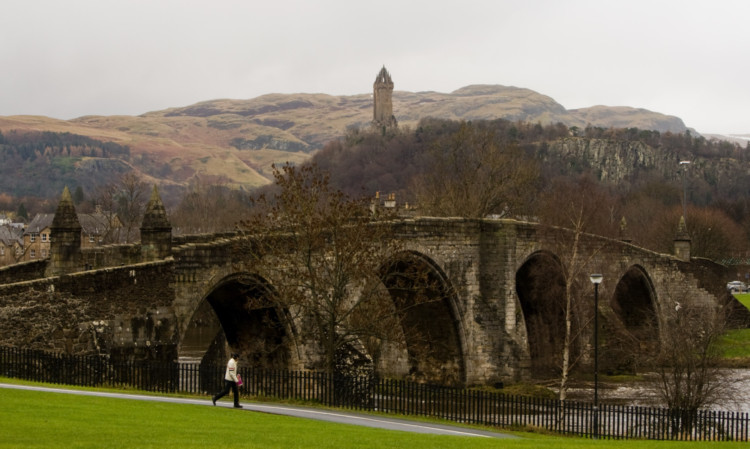An increase in footfall is paving the way for the National Wallace Monument in Stirling to undergo a makeover next year.
Between April and September the monument received almost 79,000 visitors, an increase of more than 6% on the same period last year.
The building has been welcoming visitors since 1869 and a major refurbishment had been planned for 2014. Now monument operators are hoping that the opening of the new exhibition galleries will help to build on the growth achieved this year.
The refurbishment will involve the installation of new displays and exhibitions in all three galleries within the historic tower. As visitors enter the building they will first hear the story of the Battle of Stirling Bridge.
David Campbell, of design specialists Campbell & Co, explained that a 19th century innovation will be wrapped up in the latest digital technology.
He said: “In 1862, whilst the National Wallace Monument was being built, Professor John Pepper developed an illusion technique using mirrors and reflective glass to make characters appear and disappear.
“That same principle will be used at the monument to present a new film in which William Wallace and Andrew de Moray discuss the Battle of Stirling Bridge, reflecting on Scotland’s victory and thinking about what lies ahead.”
Zillah Jamieson of Stirling District Tourism, which manages the historic building, added: “When it opened in 1869, the Wallace Monument was one of the first purpose-built visitor attractions in Stirling.
“Appropriately, it tells the story of one of the first characters from Scottish history to be acclaimed as a national hero. The story of Wallace is central to the story of Scotland itself, so we want to make sure that it is told in a way which is every bit as captivating for today’s visitors as it was when the monument first opened its doors.”
The story of the Battle of Stirling Bridge, and of William Wallace, sets the scene for the Battle of Bannockburn, which will be the focus of a new National Trust for Scotland visitor centre that is expected to open in 2014.
